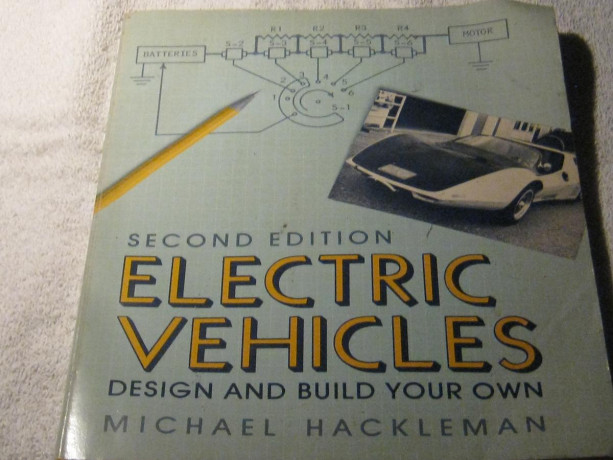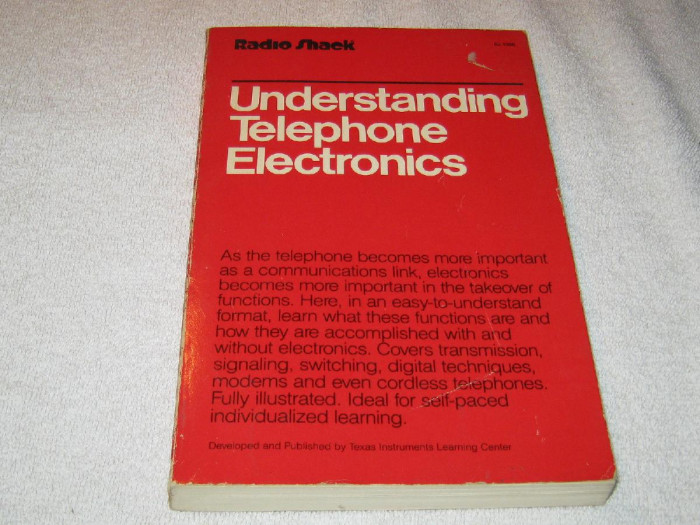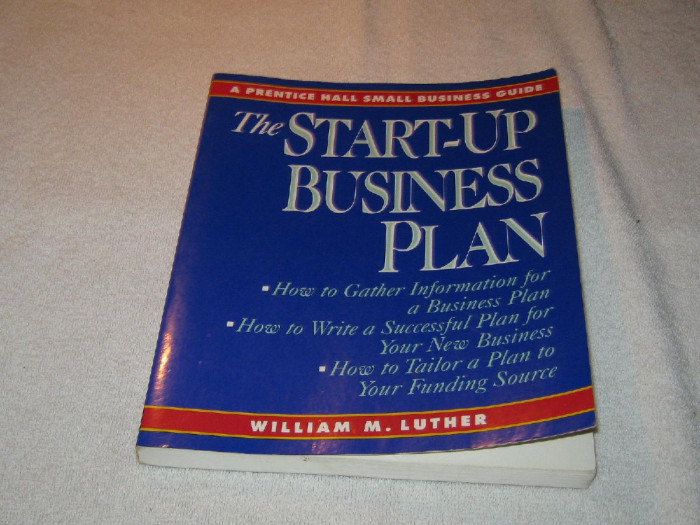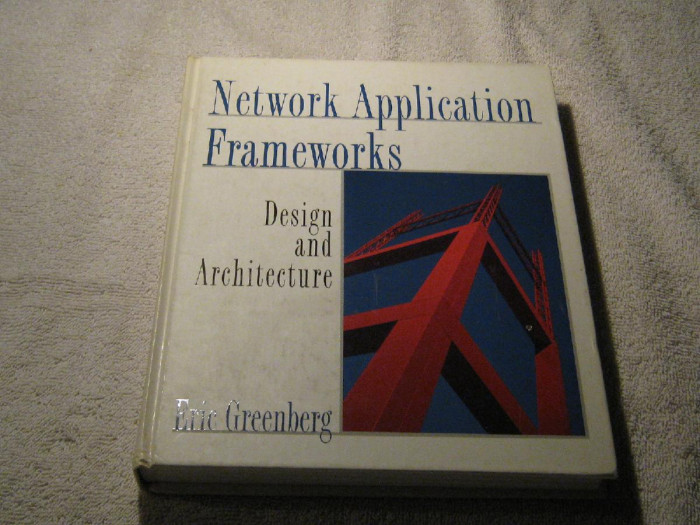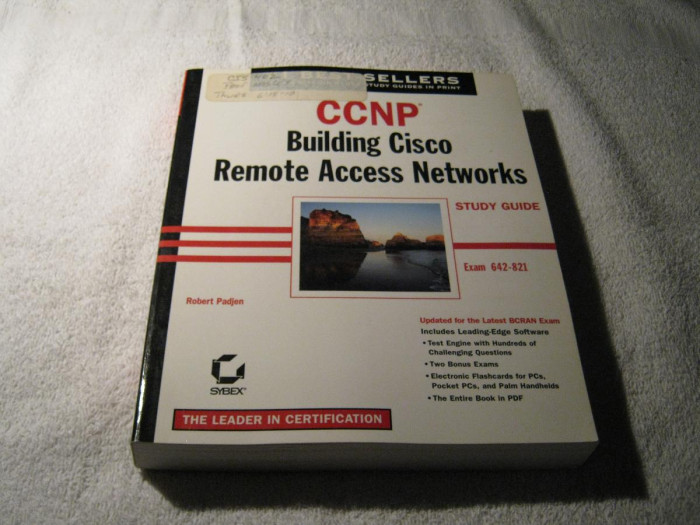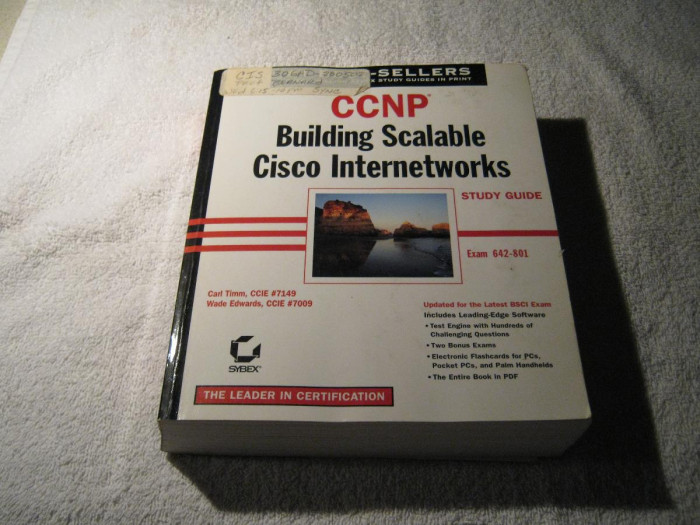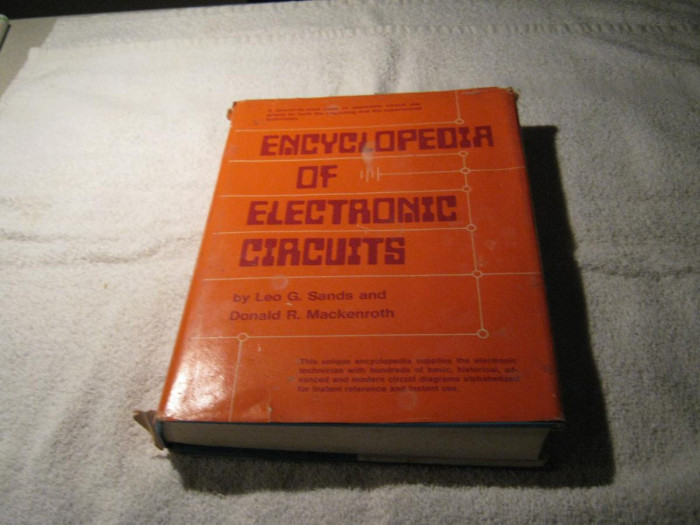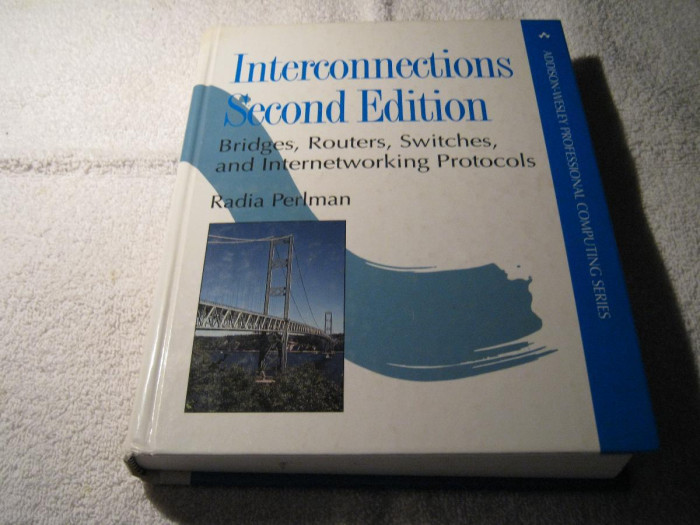Electric Vehicles 2nd Edition. Design & Build Your Own
description
Local pick-up preferred but will ship at the buyer’s expense
Kingston – Books 15 – IMG_6979
Limited Illustrations and Pictorials, Sample Circuits, Additional Books, Parts Suppliers, Formulas Used in Calculations
Contents by Chapter
1\. Functions
Design Process: Type of EV; Local vs. Distant Travel; The UTLEV and the PASEV
The Big Five
Torque
Speed
Weight
Range
Power Capacity
Interrelationships
Source
The Ownerbuilt EV
Street Legal
The Motorized Bicycle
The Three-Wheeled UTLEV
EV Classes
1. Mechanical Power
Motor
AC vs. DC Motors
The Series Motor
The Shunt Motor
The Compound (Wound) Motor
The Permanent Magnet Motor
Determining Motor Horsepower
HP Formula for EV’s
1. The Coefficient of Friction 2. Vehicle Weight 3. The Constant ‘k’ 4. Vehicle Speed 5. Divide by Horsepower 6. Hill Climbing
Motor Voltage and Current Ratings
Motor RPM
Other Motor Factors
1. Cooling Needs 2. Motor Weight 3. Motor Mate-up 4. Mountings 5. Bearings 6. Electrical Connections
Gearbox
Functions
Inside the Gearbox
Gear Ratios
Hillclimbing Again
Finding Gear Ratios
Fixed-Gear vs. Gearbox’ed EV
1. Simple Single-wheel Drives 2. Jack-shaft, Single-wheel Drive 3. Shaft Torque
Transaxle
1. Electrical Power
Batteries
Ratings
a.. Capacity
b. Rate of Discharge
c. Deep-Cycle
d. Voltage
Battery Pack
Other Battery Parameters
1. Case Type 2. Case Size 3. Weight 4. Terminals 5. Connectors
Maintenance
1. Battery Water 2. Hydrometer Readings 3. Maintenance Schedule
The Battery Compartment
Control
Basic Control Requirements
1. Breakaway Current 2. Speed 3. Motor Reversing 4. Over current
Control Techniques
1. On-or-Off 2. Resistance Control 3. Resistance Control of Armature Current 4. Resistance Control of Field Winding 5. Resistance Control of the Armature and Field Windings 6. Voltage Tap Control 7. Chopper Control
Evaluating Control Techniques
Practical Control Circuits
1. Simple On-or-Off Speed Control 2. A Slide-Switch Armature Current, Resistive Speed Control 3. A Solenoid-Switched, Armature Current, Resistive Speed Control --- Type I 4. A Solenoid – Switched, Armature Current, Resistive Speed Control --- Type II 5. A Field Current, Resistive Speed Control 6. A Voltage Tap Control - - Type I 7. A Voltage Tap Control - - Type II 8. A Series Motor Reversing Circuit 9. A Shunt Motor Reversing Control 10. A Compound – Wound Motor Reversing Control
Special Circuits
1. A Series Motor Overspeed Circuit 2. A Compound Motor Overspeed Circuit 3. A Dynamic Braking Circuit 4. Regenerative Braking
Monitor
Indicators
Gauges
Ammeter
Voltmeter
Speedometer
Odometer
Tachometer
Temperature Gauge
Instrumentation Power
Equipment
Horn
Wipers
Mirrors
Spare Tire
Turn Signals
Headlights
Reflectors
Vent Fan
Heater Fan
Interior Light
Battery Compartment Light
Charging
Charging Requirements
Charging Sources
1. Utility Charging 2. Automobile Power 3. Standby Generator Power 4. Alternative Charging
Charging Station
An EV Charger
1. FRAME WORKS
Steering
Single - Wheel Steering
Twin – Wheel Steering
Suspension
Leaf Springs
Coil Springs
Coil or Leaf Springs
Shock Absorbers
Brakes
Drum Brakes
Disc – Type Brakes
Resistive Brakes
Dynamic and Regenerative Braking
Applying Brakes
An EV Braking System
Operator Linkage
Wheel and Tires
Traction
Wheel Ratings
Wheel Support
Practical Wheel Assemblies
Frame
Skin
1. VEHICLES
Earthmind’s UTLEV
A Planned PASEV
A Planned UTLEV
CUBBYHOLE
A. California Vehicle Codes Applicable To Electric Vehicles
B. Finding Resistance and Wattage Values for Rheostats
C. Solutions to Problems
D. More Solutions to Problems
E. Battery Combinations for Voltage Taps
F. Resistive Coils for Armature Current Control
G. Safety
1. THE HYBRID EV
The IC-Engine Card
The Pure EV
The Hybrid (DARE EQUIPPED) EV
Power Capacity
Operation
Efficiency
Lifespan
Control
The Hybrid EV and the Environment
Hybrid Economics
Building the EV
Conversion
Scratch-built EVs
Road Test
Paperback 214 pages ISBN: 0-915238-17-9


